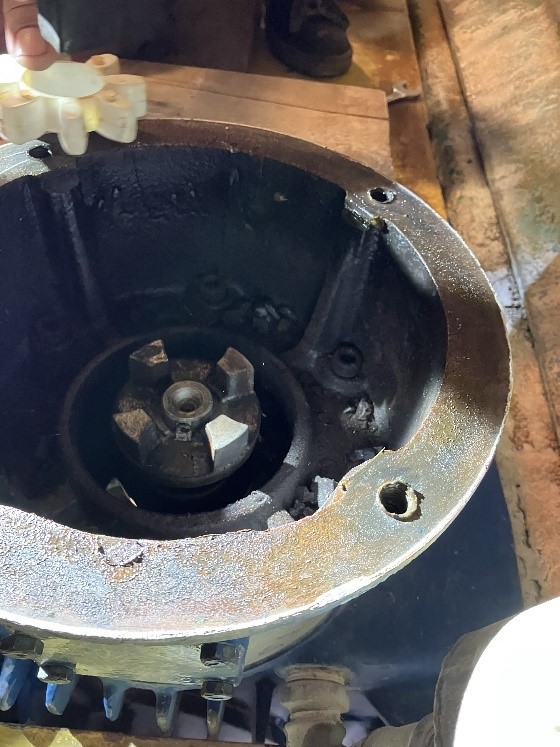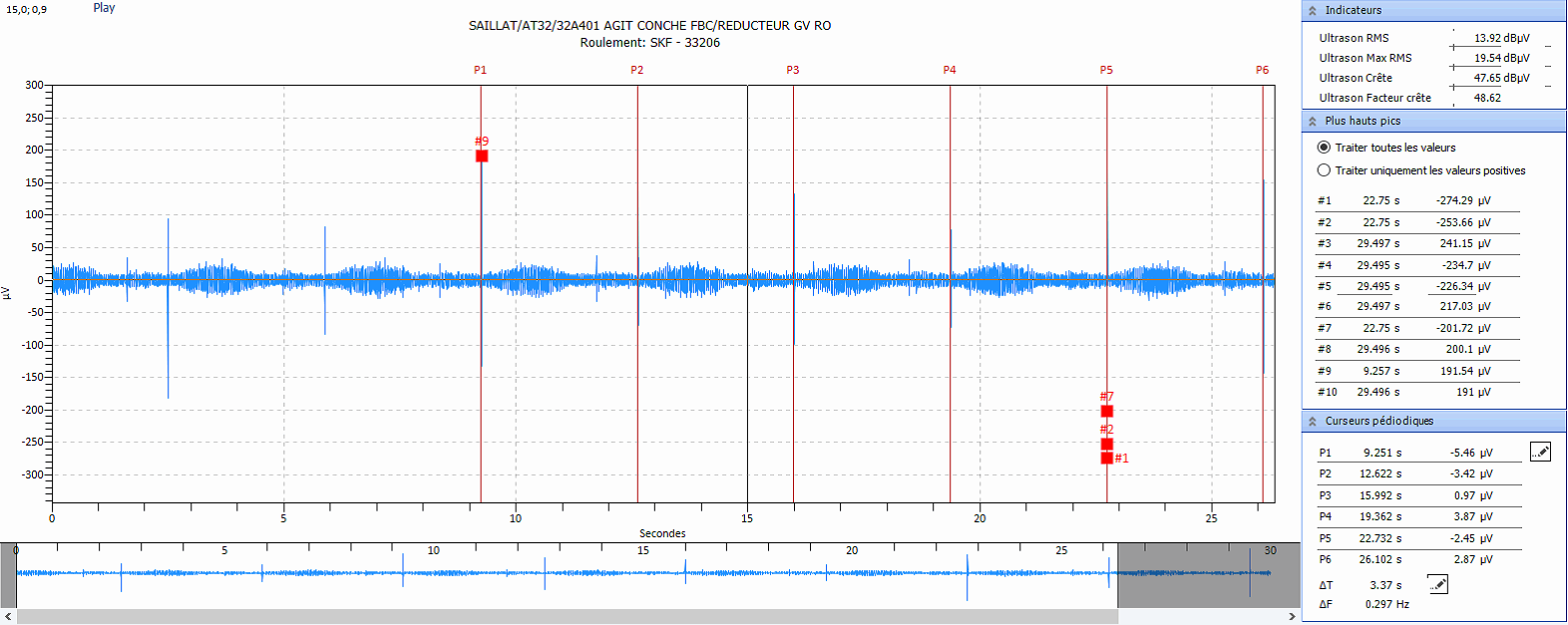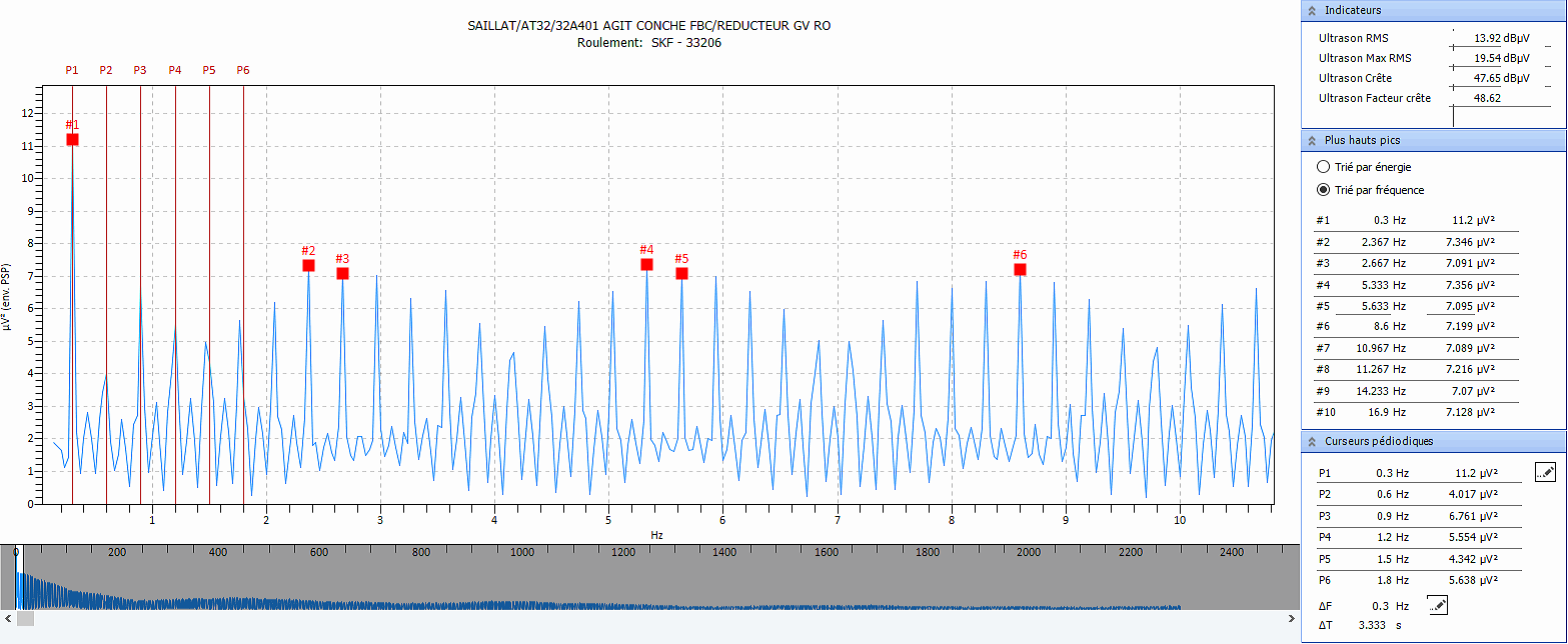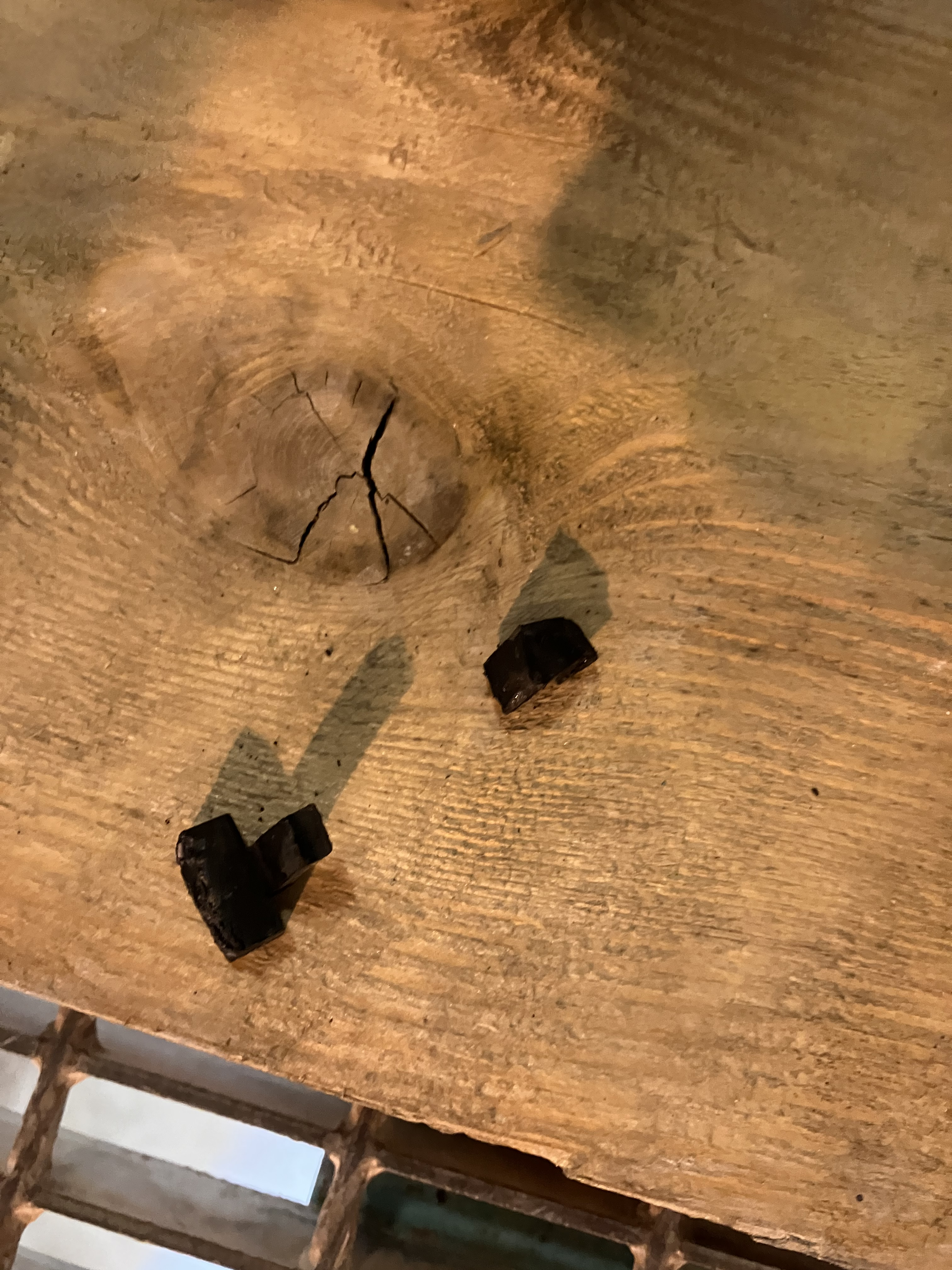Recently, the maintenance team at a mill in north-west France shared with SDT an unusual but crucial piece of feedback on mechanical fault detection using ultrasound, highlighting how this method surpassed the capabilities of vibration analysis in accurately identifying the problem. This paper mill had a recurring problem with its filter. This filter, essential to their production process, had a problem with annoying noise and regular shocks to the agitator. This problem was seriously affecting their productivity and the quality of their final product.
One day, the team in question decided to solve this noisy mystery using the SDT340, a state-of-the-art ultrasound measurement device. They positioned it strategically to investigate the sources of this annoying noise. After careful ultrasound listening, they discovered something interesting: shocks at a frequency of 0.3 Hz on the GV/PV points, visible in the UAS3 software in the image below.


The time waveform and frequency spectrum clearly showed a clear impact at 0.3 Hz on the GV and PV points. The maintenance team then focused their attention on the coupling location, as this was where the noise seemed to originate.

By examining the kinematics of the system, they realized that the problem resided in the gearbox that drove the filter. This reducer was linked to coupling plates, and a rubber element called a flector was placed between the coupling fingers. This gearbox drove two shafts, one on each side.
Initial diagnosis revealed that the problem affected both the PV and the GV. By moving the ultrasound sensor, they noticed that the noise was most intense at the coupling bell. On closer examination, they found that the flector was completely torn, as shown in the image below, which explained the shocks and noise. The shocks showed a coupling backlash, causing a modulation on the spectrum that even masked the GV rotation frequency.
In comparison with a vibration analysis, the team confirmed that the shock values had increased, also revealing the frequency at 0.3 Hz. This was a crucial breakthrough, as the ultrasound analysis had pinpointed the precise location of the problem, which would not have been possible using vibration analysis alone.
The recommendation was clear: the flector was in such a state that it had to be replaced immediately to avoid further damage. Thanks to this innovative approach, which combined ultrasound technology with meticulous analysis, the company solved its lime sludge filter problem and was able to resume production without disruption or disturbing noise, marking a great success in their maintenance process.

Authors: Gauthier Ghislain and Cyril Terminet (Sylvamo)




